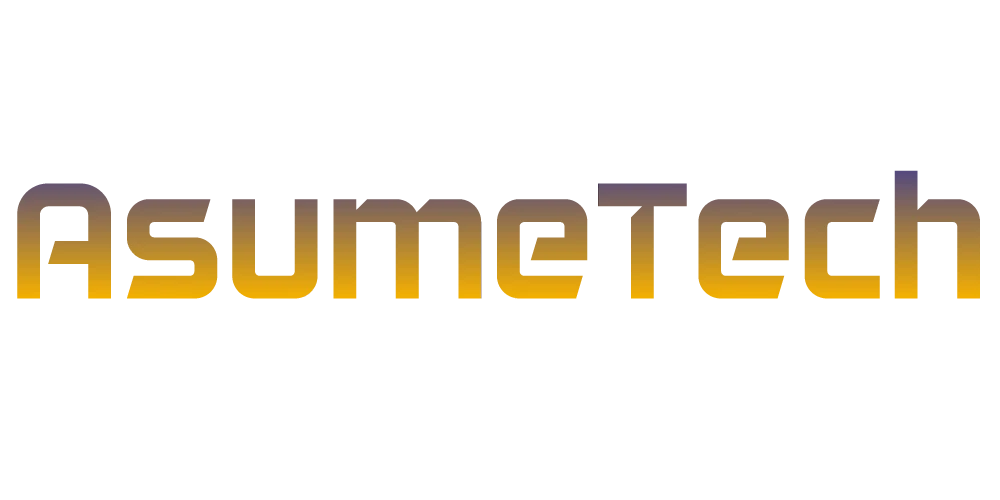NASA’s recently launched NOAA-21 satellite captured an image of Earth that experts hope will provide vital information about our planet’s oceans, atmosphere and land masses.
But beyond providing a new global view of Earth from space, the image is just the start of a new science mission that will monitor ocean and marine environment health, and be able to track wildfires, droughts and floods.
That’s because it was captured by NASA’s recently launched NOAA-21 satellite, which experts hope will provide vital information about our planet’s oceans, atmosphere, and land.
The earth looks amazing in this is the 1st full view from NOAA-21 satellite (photos) https://t.co/FK4gXxRbSPrice.twitter.com/AADKj0UiQx
— SPACE.com (@SPACEdotcom) December 30, 2022
The Earth Observation spacecraft contains an instrument known as the Visible Infrared Imaging Radiometer Array (VIIRS), which began collecting data in early December and produced a mosaic of frames over a 24-hour period.
JPSS-2, now redesignated NOAA-21, has been placed in sun-synchronous low frequencyearth polar orbit where it collects data that inform weather predictions, extreme weather eventsand climate change!????️???? rice.twitter.com/FD4IHPqZRc
— NASA Launch Program (@NASA_LSP) December 27, 2022
Objects of all kinds, including the snow-covered Himalayas and the Tibetan Plateau, have turned into haze and smog over northern India due to crop burning.
VIIRS measures sea surface temperature, which is an important indicator for tracking the formation of hurricanes, while ocean color monitoring helps track phytoplankton activity, a key indicator of the health of the ocean and the health of the marine environment.
“The visible turquoise color around Cuba and the Bahamas in the image comes from sediment in shallow water around the continental shelf,” said Dr. Satya Kaluri, a National Oceanic and Atmospheric Administration scientist.
On land, the VIIRS can detect and measure wildfires, droughts and floods, and its data can be used to track the thickness and movement of wildfire smoke.
The tool also provides analysis of global snow and ice cover, clouds, fog, aerosols, dust, and crop health.
It combines images in both visible and infrared light, allowing scientists to see details of the Earth’s surface.
Dr. Kaluri added that one of its most important applications is imaging over Alaska because satellites like NOAA-21 orbit the Earth from the North Pole to the South Pole, so they fly right over the North Pole several times a day.
It also has a so-called day-night strip that photographs night lights, including city lights, lightning, northern lights, ship lights, and fires.
“VIIRS serves so many disciplines, it’s a very important set of measurements,” said Dr. James Gleason, NASA Joint Mission Polar Satellite System (JPSS) Project Scientist.
VIIRS provides many different data products that are used by scientists in unrelated fields, from agricultural economists trying to forecast crops, to air quality scientists predicting where wildfire smoke will be, to disaster support teams calculating nighttime lighting, to understand the consequences of a natural disaster.
NOAA-21 is the second operational JPSS satellite, launched into orbit from Vandenberg Space Force Base on November 10.
The previous version, known as NOAA-20, launched in November 2017.
Both devices observe the entire surface of the Earth twice a day, traveling at an altitude of 512 miles (824 kilometers) above our planet at a speed of 17,000 miles per hour (27,360 kilometers per hour).
A third JPSS satellite is scheduled to launch in 2027, and a fourth in 2032.
NOAA-21 will be the 21st polar-orbiting satellite operated by NOAA and will have a mission of approximately seven years.
Source: Daily Mail

